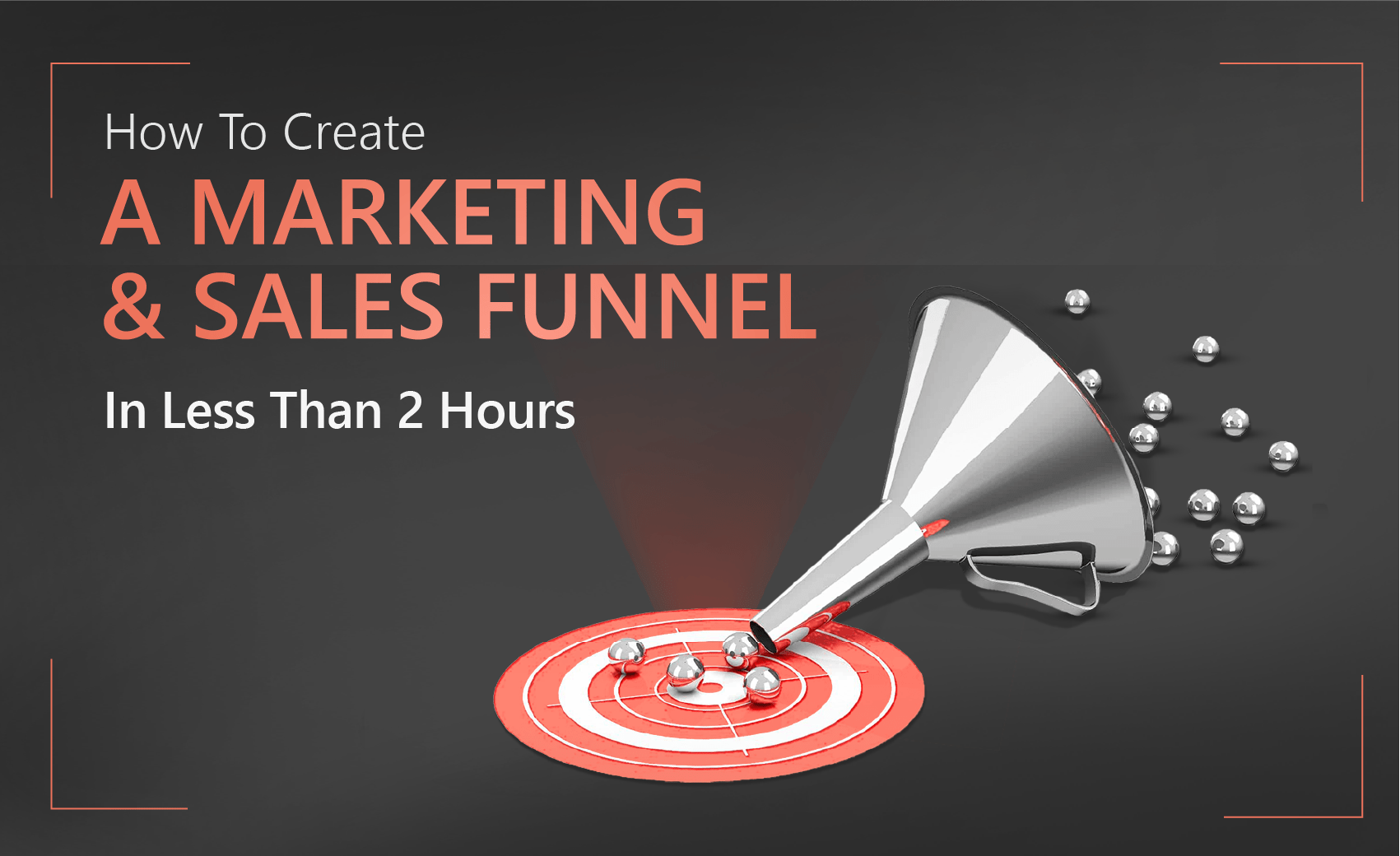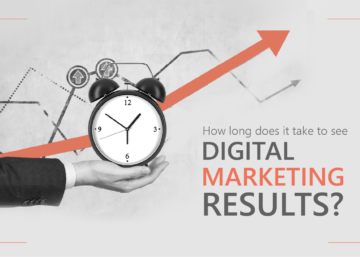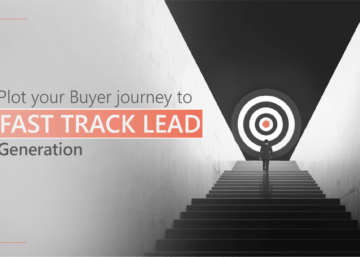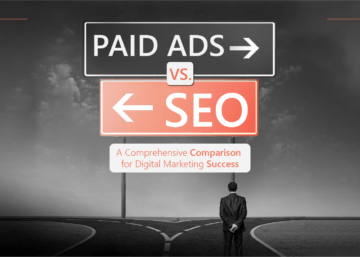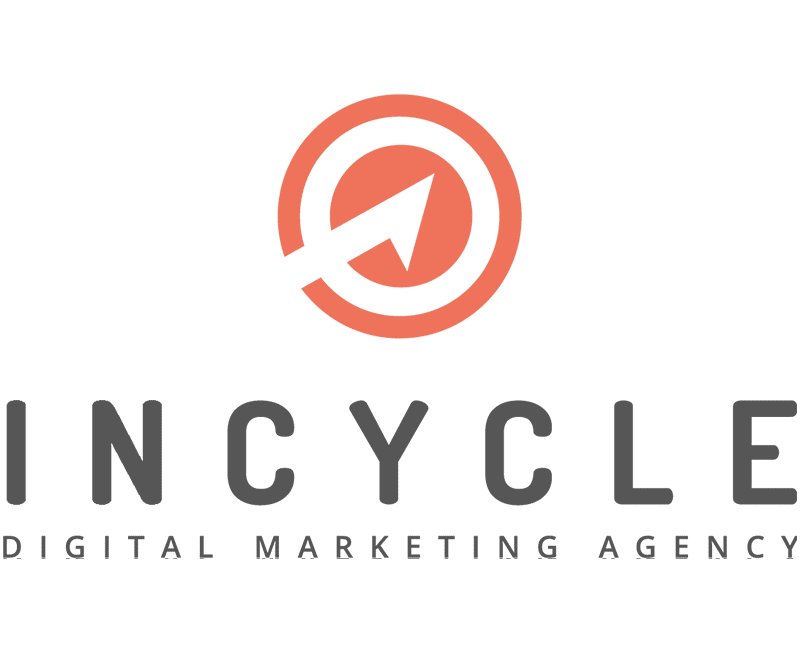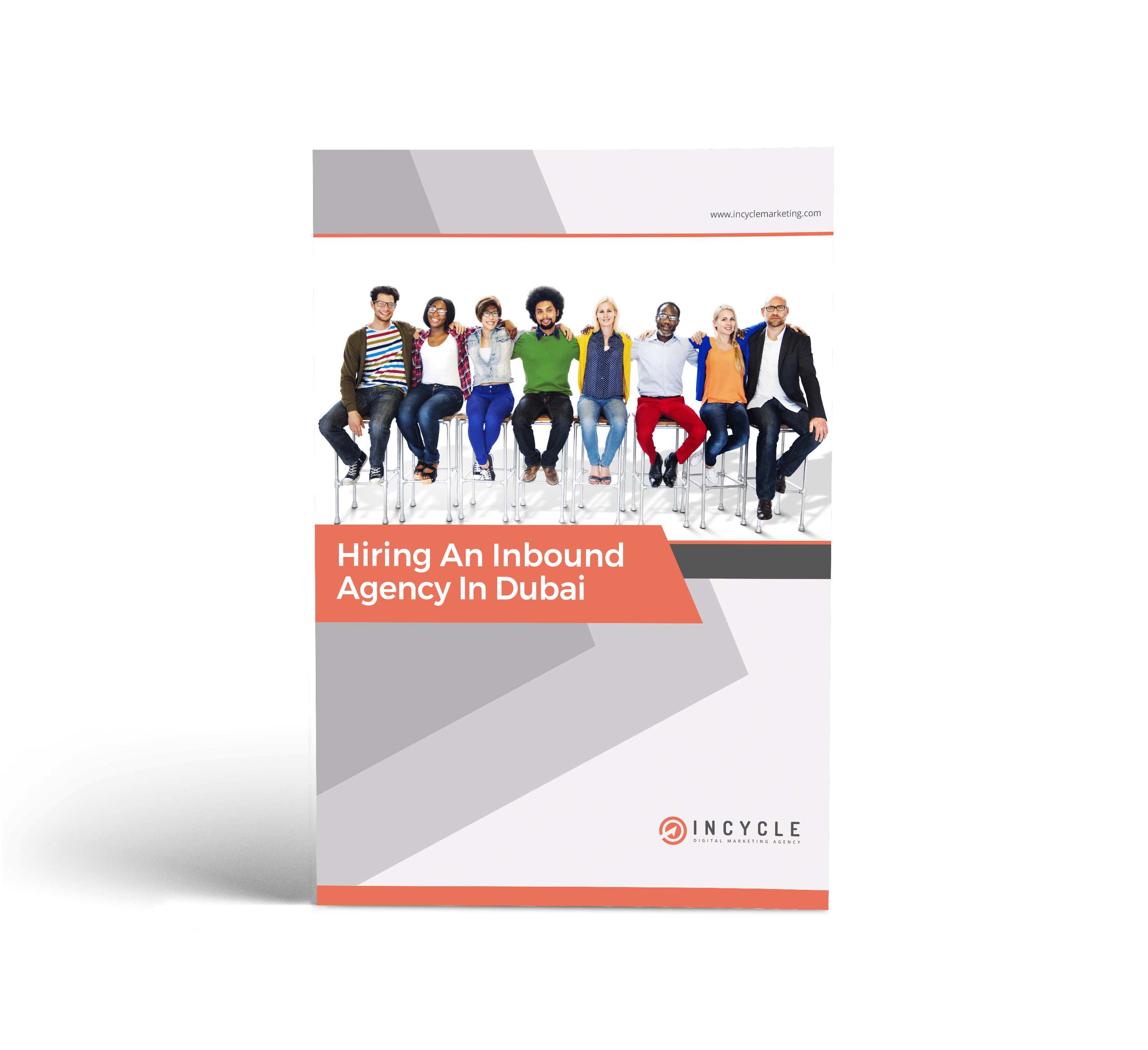A fundamental building block for every successful online business is the sales funnel. Every online business needs one yet many businesses still struggle to create a marketing and sales funnel that generates leads and then converts those website visitors into paying customers.
Bliss for an online business owner is when that sales funnel comes together and functions like a well-oiled machine, horror is when you fail to build a productive sales funnel and you subsequently struggle to spin off revenue and turn a profit.
Hence, your primary goal when you first create a marketing and sales funnel is to move people from one stage to another until they are ready to consummate their trust in your brand by making a purchase or preferably lots and lots of repeat purchases!
Creating Your Marketing And Sales Funnel
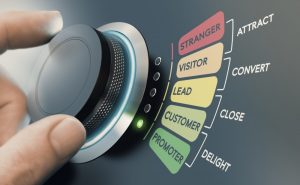 If this is your first attempt at building a marketing and sales funnel, it can seem intimidating and complicated. It needn’t be. By following this simple step-by-step 7-stage process, you can create your sales funnel in less than two hours:
If this is your first attempt at building a marketing and sales funnel, it can seem intimidating and complicated. It needn’t be. By following this simple step-by-step 7-stage process, you can create your sales funnel in less than two hours:
- Before Your Start
Gather as much data as you can lay your hands on about your market and your potential customers. Understanding your customers is the lynchpin of a successful and sustainable marketing and sales funnel.
So, before you look to build your sales funnel, engage with your audience be it via your website or on social media. By understanding your prospect’s needs and frustrations together with how well your offer helps to solve those problems, you will be able to tweak your funnel to focus on your key selling points.
As part of this process, you may also glean insights into improving your product or service, making it more competitive.
Based on the feedback from your customer engagement process, you can create tailored content for each stage of your sales funnel, which will assist prospects to progress down your sales pipeline.
Another preparation you should explore before you dive into a sales funnel is to create personas for your core customer clusters. Once you have your personas, you can create slightly different sales funnels to reflecting their aspirations and expectations.
- Website Traffic And Lead Generation Strategies
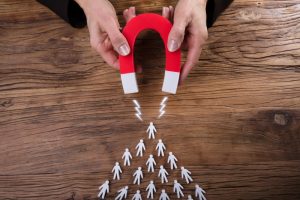 You can adopt a bundle of alternative approaches to lead generation. You can opt for paid traffic, “free” traffic or cold email outreach or some combination of the three.
You can adopt a bundle of alternative approaches to lead generation. You can opt for paid traffic, “free” traffic or cold email outreach or some combination of the three.
Paid traffic is the quickest and easiest method of attracting traffic to your website. You pay and place an ad and as soon as someone clicks on it, you have your website visitor. Easy! Typical paid online advertising channels include:
- Google AdWords
- Facebook Ads
- Twitter Ads
- Instagram Ads and
- LinkedIn Ads
One drawback to paid traffic is that once you stop paying for your ad placement, your traffic dwindles and your source of new leads dries up.
Affiliate marketing is also a variation of paid traffic. The main difference is you only pay after a sale has been made.
“Free” or organic traffic is a source of new leads you don’t pay for directly. However, the preparation and resources you require to optimize your site for Google and develop high-quality content for each step in your funnel mean it’s not truly free.
Free or organic website traffic includes:
- SEO
- Social media traffic, driven by an inbound marketing campaign
- Referral traffic from affiliated websites linking to your website
- Direct traffic sourced from people who know about your brand and have either visited your website previously or bought from you before
- Cold outreach is a strategy that involves you sending cold emails to prospects may be interested in your product or services.
Inbound marketing-driven lead generation is the most sustainable and cost-effective strategy although it is time and resource-intensive.

Now you have settled on your website traffic and lead generation approaches, its time to build your initial marketing and sales funnel. As with most marketing and sales initiatives, the upfront preparation work is by far the most time-consuming step in the process.
Once you have assembled your basic information, you should be able to whizz through the next few stages in less than two hours. So, start your stopwatch now!
- Identify Your Lead Product Offer And Create A Compelling Landing Page
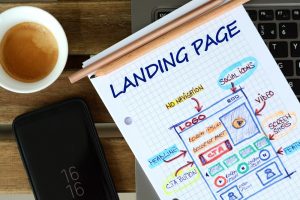 The landing page for lead product offer is hosted on your website. The landing page is the first impression potential customers will have of your brand. Based on what they see, they will form an instant opinion of your brand. Therefore, take a little time to ensure it looks good and the headline and copy are compelling.
The landing page for lead product offer is hosted on your website. The landing page is the first impression potential customers will have of your brand. Based on what they see, they will form an instant opinion of your brand. Therefore, take a little time to ensure it looks good and the headline and copy are compelling.
An engaging landing page can also prompt first-time website visitors to subscribe to a newsletter or sign up for a list. This gives you their all-important contact information. This is your first lead information and sets the scene for follow-up communication.
- Pitch An Up Front Offer To Your Visitors
The next step is to present prospects with the opportunity to buy a product or procure your service. Always look to design your lead products and your up-front and up-sell offer with the mindset of, how these communications will help stimulate the desire for the next backend offer you present to them after they progress further down the sales funnel?
This step is all about laying the groundwork and “pre-selling” the next step in your sales funnel.
- Pitch An Up-Sell Offer On The Back End
Always offer customers who just bought or are about to buy a product or service the opportunity to upsize, or upgrade that product or service. This is your up-sell strategy.
You are offering your customers more substance if they elect to upgrade. Naturally, up-sell offers typically carry either a higher revenue figure or a higher margin loading so you generate more revenue as an up-sell typically involves a larger or more expensive product or service.

- Design An Optional Downsize Offer
Just as you should always have an up-sell option up your sleeve, you should also provide your prospects with an option to downsize. While this sacrifices overall revenue, it conserves your customers by converting them with an offer even if it is pitched at a lower price point.
A downsize option is not a sales funnel failure nor is it a lost sale. Rather, think of it as a way to stay engaged with a customer who is budget constrained. That financial situation may not last forever and in the meantime, you have converted another customer.
Recognise financial reality and offer a cheaper option for these individuals who like your brand but can’t afford your top-end options.
- Rinse And Repeat
 Finally, simply rinse and repeat the above steps. As your leads progress through your marketing and sales pipeline, take the opportunity to engage them and learn more about their needs, desires, and frustrations.
Finally, simply rinse and repeat the above steps. As your leads progress through your marketing and sales pipeline, take the opportunity to engage them and learn more about their needs, desires, and frustrations.
Each time you repeat the cycle, test new creative approaches, images, headlines, copy text and offers. Keep your sales funnel momentum going and ensure you follow up with each new customer you acquire and ensure they are happy with their product or service.
Final Observation
The steps listed above are geared to an online business. However, every business when online or offline needs a sustainable high-performing sales funnel to survive. So, its possible to build a sales funnel in less than two hours all you need to remember is your unqualified leads go in at the top of the funnel, while your customers constitute the smaller category at the bottom of your funnel. How many intermediate stages you have between the two ends of your sales funnel simply depend on your typical sales process and business goals.
Businesses, whether online or offline needs sustainable high-performing marketing and sales funnel to survive. But how to create one? Here’s a quick and easy guide that will enable you to create one in just two hours or less.
